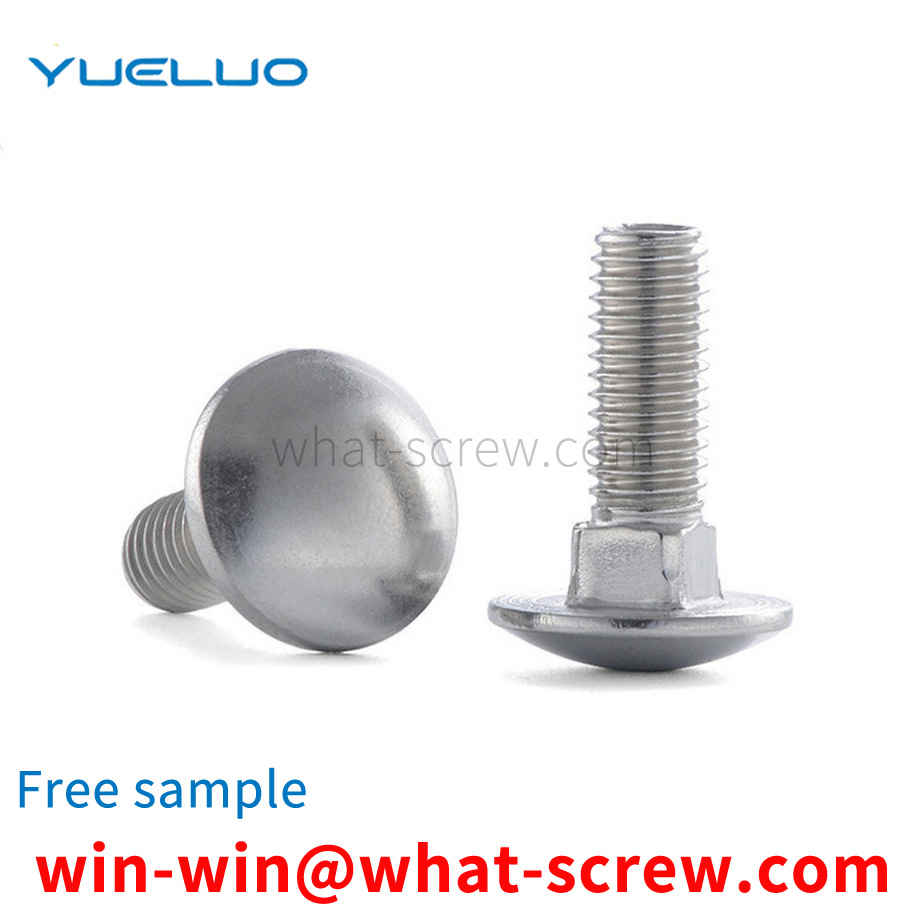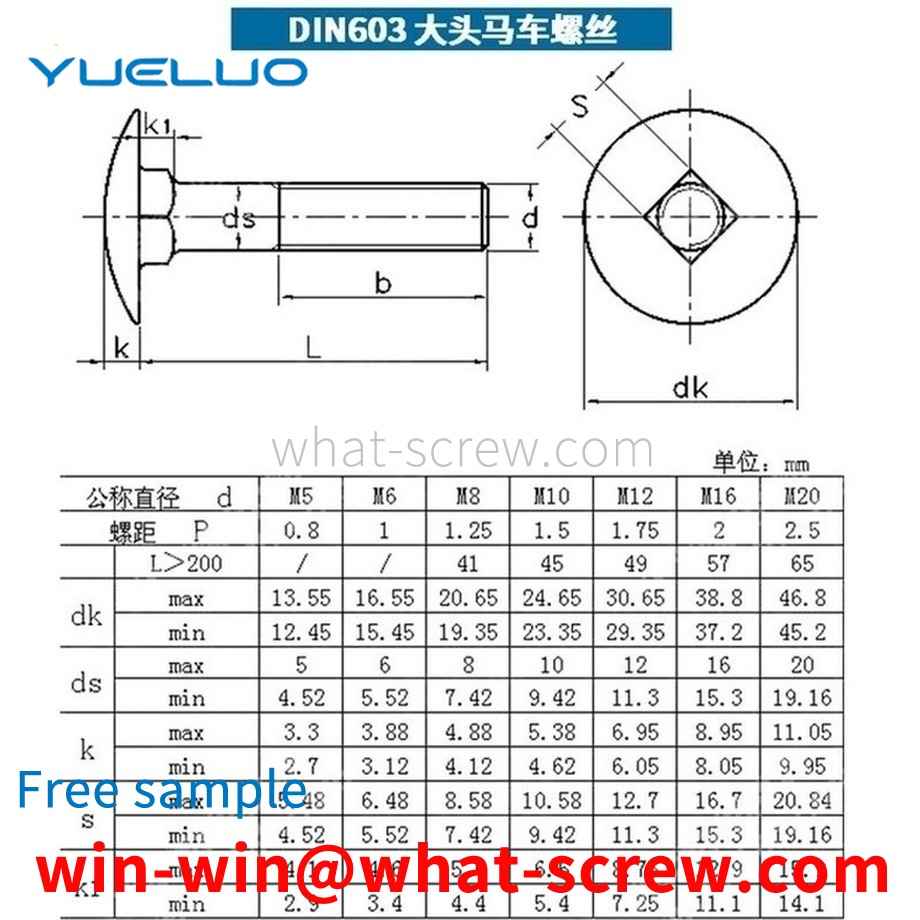Anchor bolts can be divided into fixed anchor bolts, movable anchor bolts, expansion anchor anchor bolts and adhesive anchor bolts. According to the different shapes, it is divided into: L-shaped embedded bolts, 9-shaped embedded bolts, U-shaped embedded bolts, welded embedded bolts, and bottom plate embedded bolts.
Generally known bolts refer to screws with a larger diameter. According to this statement, the diameter of screws is much smaller than that of bolts. Stud bolts do not have a head, and some are called studs. Both ends of the stud are threaded, with no thread in the middle and a smooth rod in the middle. Studs are used on large equipment such as gear racks. In actual use, the external load will have vibration and the influence of temperature will reduce the frictional force, and the threaded connection will loosen and fail over time. Therefore, it is necessary to do a good job in the maintenance of the stud bolts at ordinary times. Stud bolts or anchor bolts will have problems under the action of mechanical friction for a long time. When problems occur, the engine oil pan should be removed, and the use of the engine bearing bushes should be carefully checked, and the clearance between the bearing bushes should be checked. Whether it is too large, if the gap is too large, it should be replaced in time. When replacing the stud bolts, also replace the connecting rod bolts. When some large equipment such as nail making machines are in normal operation, if they find that the engine is not running very stable or there is abnormal noise, they should stop and check in time to avoid bigger problems.
Stainless steel screws do not necessarily corrode and rust, but that stainless steel screws have a stronger ability to withstand corrosion and rust than iron screws. But stainless steel screws can still rust under certain circumstances. So under what conditions are stainless steel screws prone to rust! What is the cause of rust? Stainless steel screws have better characteristics, strong corrosion resistance, high temperature resistance, and strong rust resistance. But it will rust in harsh environments. For example, stainless steel screws are exposed to the sun and the wind every day under very humid conditions. Over time, it will definitely rust a little. For example, in contact with some acid-base chemicals to cause chemical reactions. cause corrosion and rust. There are also bad stainless steel screws, such as stainless steel SUS201 screws used in seawater. Due to long-term immersion, SUS201 stainless steel screws themselves are not suitable for use in salty seawater. cause corrosion and rust. For the use of marine products, it is generally recommended to use stainless steel SUS316 screws, because 316 stainless steel screws have better performance such as corrosion resistance. From the above, it can be concluded that stainless steel screws will still corrode and rust under certain circumstances. Therefore, this requires the rational use of stainless steel screws. Use stainless steel screws of different materials in different situations. And in different occasions, when using stainless steel screws, special attention is also required, and some details need to be considered more. Try to control the corrosion and rust of stainless steel screws as much as possible.
The maximum unscrewing torque of the lock nut is affected by many factors. For the research on the low-cycle fatigue performance of the lock nut, the pitch diameter of the thread, the helix angle and the bevel angle of the thread remain unchanged. Only the maximum elastic restoring force FNmax and the equivalent friction angle ρe of the thread piece will appear to a certain extent after repeated use. Change. Therefore, it is only necessary to analyze the variation law of the maximum unscrewing moment when the lock nut is subjected to cyclic load from these two aspects.
Cabinets are one of the must-have furniture in home improvement homes. They are extremely useful. Various cabinets may be used in kitchens, bathrooms, bedrooms, living rooms, and even balconies. The traditional cabinets are assembled in advance and then placed in the appropriate position, which is very inconvenient to transport. Currently, the commonly used cabinets are spliced together with plates and hardware accessories. During production and transportation, the plates and hardware accessories are independent. For production, processing and transportation, after it is sent to the destination, it is assembled with the plates by screws and other hardware accessories to form the entire cabinet structure. The current cabinet installation structure usually exposes some hardware accessories such as screws on the outside or inside of the cabinet, which not only affects the overall aesthetics, but also scratches the items during use, which affects the use effect. Some designs allow a plastic fastener to be fastened on the outside of hardware accessories (mainly screws). Although it can alleviate the above problems to a certain extent, it still does not fundamentally solve the problem, and the integrity is still not good.
We have many years of experience in the production and sales of screws, nuts, flat washers, etc. The main products are: twill aluminum rivets, non-standard round nuts, elastic pins, cylindrical pins, internal gecko bolts and other products, we can provide you with suitable fastening products piece solution.



















 Service Hotline
Service Hotline




